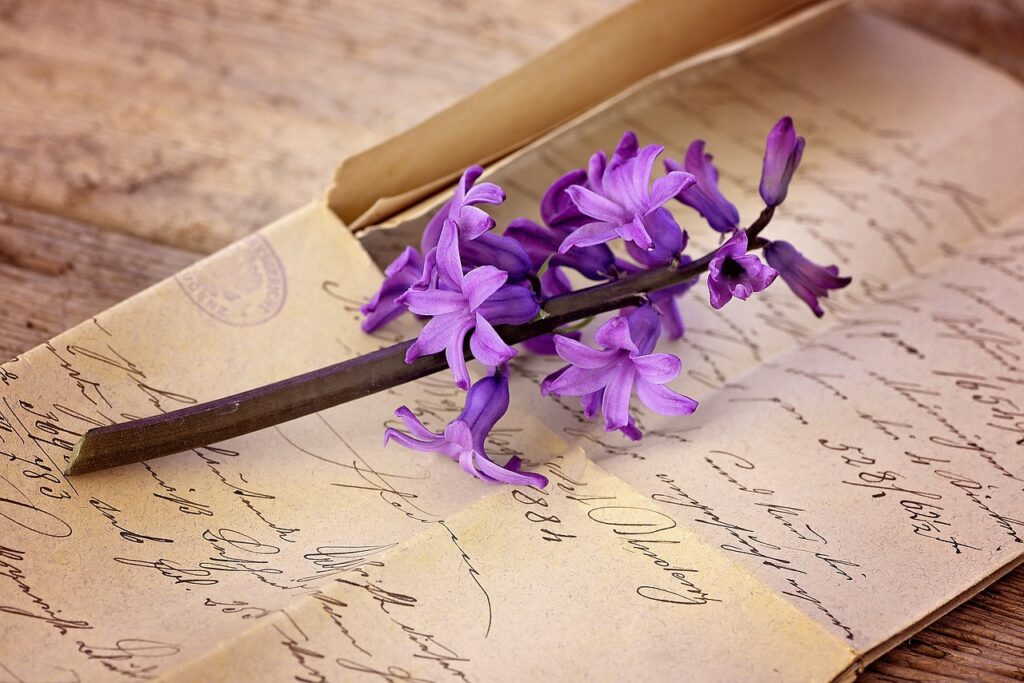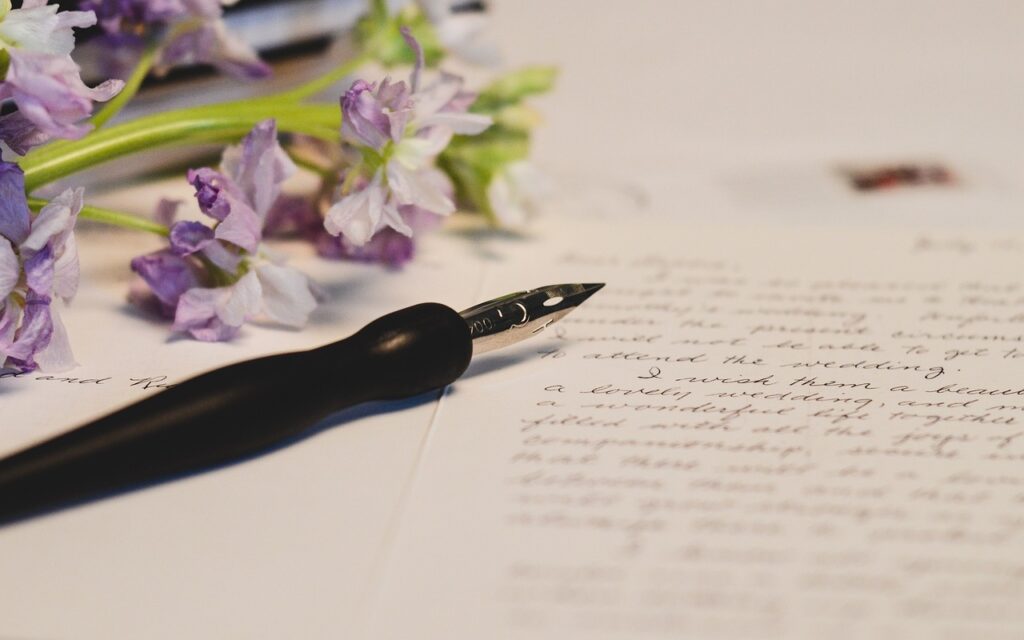In a digital age dominated by typing and texting, the art of cursive writing often feels like a forgotten relic. Yet, its history is steeped in tradition and its educational value continues to leave an indelible mark. Join us as we journey through time to explore the fascinating evolution and enduring importance of cursive writing.


The Roots of Cursive Writing
Cursive writing’s origins can be traced back to ancient civilizations, where skilled hands etched flowing characters onto parchment. Its very essence embodies a sense of craftsmanship that has persisted through the ages. As human communication evolved, so did the forms of writing, leading to the graceful loops and interconnected strokes we associate with cursive today.
Fast forward to the Renaissance, a period where penmanship became an art form. Exquisite handwriting was not just a means of communication, but a mark of one’s refinement and education. This era birthed the formalized styles that we now recognize as cursive. The quill danced across paper, creating an intricate dance of ink and imagination.
Cursive in Modern Education
Cursive writing found its place in education, becoming a rite of passage for generations. The rhythmic flow of cursive encouraged better hand-eye coordination and cognitive development. However, as technology advanced, the emphasis shifted, and the art of handwriting started to lose ground in curricula. But does that mean cursive is no longer relevant?
Learning cursive is more than just acquiring a skill; it’s a journey into history and personal expression. The rhythmic loops and curves have the power to convey emotions and personality in ways that printed text can’t match. Imagine receiving a heartfelt letter written in elegant cursive – the words seem to come alive, carrying with them a piece of the writer’s soul.
Preserving Tradition in a Digital World
In an era where keyboards and touchscreens dominate, is there still room for the elegance of cursive? The answer is a resounding yes. As we celebrate the digital age, we must also cherish the timeless practices that have shaped our past. Incorporating cursive writing into modern education can bridge the gap between tradition and innovation, offering students a holistic learning experience.
Cursive writing is more than just ink on paper – it’s a tangible link to our past, a cognitive stimulant, and a form of artistic expression. As we navigate the ever-changing landscape of education and communication, let us not forget the beauty and significance of the loops and swirls that define cursive writing. Embracing this art form enriches our understanding of language, history, and the intricate tapestry of human connection.
So, whether you’re a student embarking on your penmanship journey or an enthusiast seeking to rekindle the love for cursive, remember that every stroke of the pen carries a piece of our shared heritage forward. As the digital world continues to evolve, let us not allow the graceful dance of cursive writing to fade into obscurity, but rather, let us celebrate it as a timeless treasure worthy of preservation.
Explore more:
Meanwhile, at Dreamers…
Dreamers Writing Prompt Generator

Experience the power of simplicity with our unique writing prompt generator. Designed for writers who crave spontaneity and surprise, our tool delivers one meticulously crafted prompt at a time.
Top 25 Most Popular Manga Right Now

If you’re searching for the most popular Manga right now, this top 25 list is the ideal starting point, whether a beginner or enthusiast.